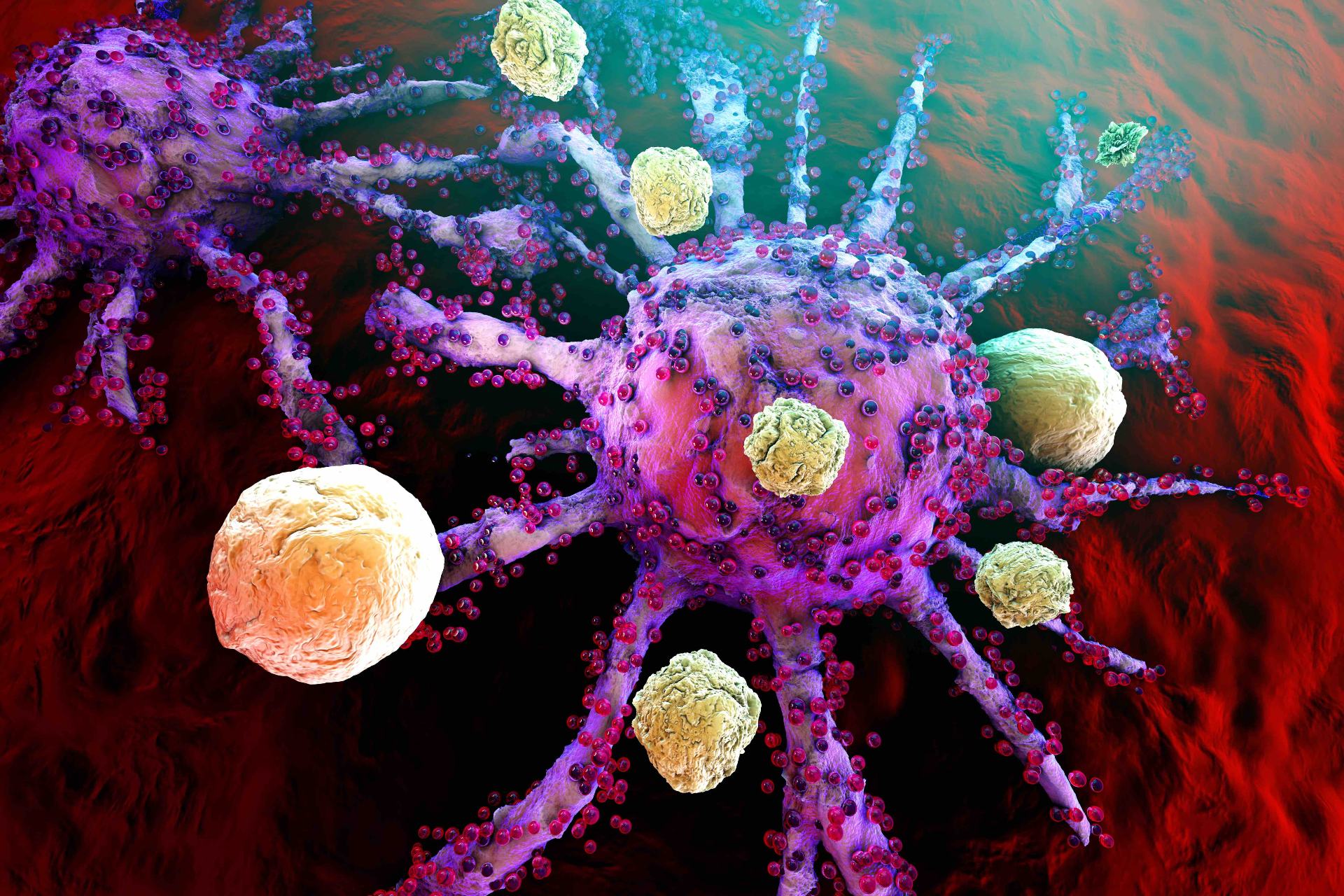Video
CLL: Unmet Needs and Future Outlook
Javier Pinilla-Ibarz, MD, PhD: In recent years, the treatment for chronic lymphocytic leukemia has really revolutionized the treatment of patients with high-risk disease. For patients who a few years ago we knew wouldn’t have any good outcomes after chemotherapy, that has completely changed. And today, this unmet need in this high-risk patient has been achieved by the introduction of BTK inhibitors; in this case, ibrutinib. And the use of ibrutinib in the frontline setting, mainly in the 17p deletion, really has changed very likely the natural history of these patients. However, it is important to emphasize that today, we do not have a frontline trial of ibrutinib in 17p; rather, we know that this drug works very effectively in these patients. However, we still need to have a long-term follow-up to see what happened in the long run with patients with high-risk disease.
But, in general, we say that the previous unmet need in high-risk patients has really changed with the introduction of BCR inhibitors—in this case, ibrutinib—and it is going to continue to be changed with the combinations, such as ibrutinib/venetoclax or even the monoclonal antibody/venetoclax combination. And this, in the future, may represent a better or even a more successful frontline therapy for the treatment of high-risk or even standard-risk chronic lymphocytic leukemia patients.
With all the excitement of the new drugs that have been introduced for the treatment of frontline or second-line chronic lymphocytic leukemia, the future is quite bright. And right now, all the research efforts are concentrated to really look for the best combinations—the more efficacious but less toxic combinations that can really reach very deep levels of response of MRD, or minimal residual disease, negativity in the bone marrow—which have shown, many years ago, that they can produce very long progression-free survival. And even in some cases, it’s still somewhat of a dream to be reached in the next year—the possible cure of a certain proportion of patients with chronic lymphocytic leukemia—so, in the future, through the introduction of new therapeutic interventions, such as targeted therapies with BCR inhibitors or BCL-2 inhibitors; maybe even in the future with the dissemination of CAR T-cell technologies for the treatment of CLL. But right now, it’s still very limited to clinical trials. We may really open the possibility and the probability that we may one day cure this condition.





